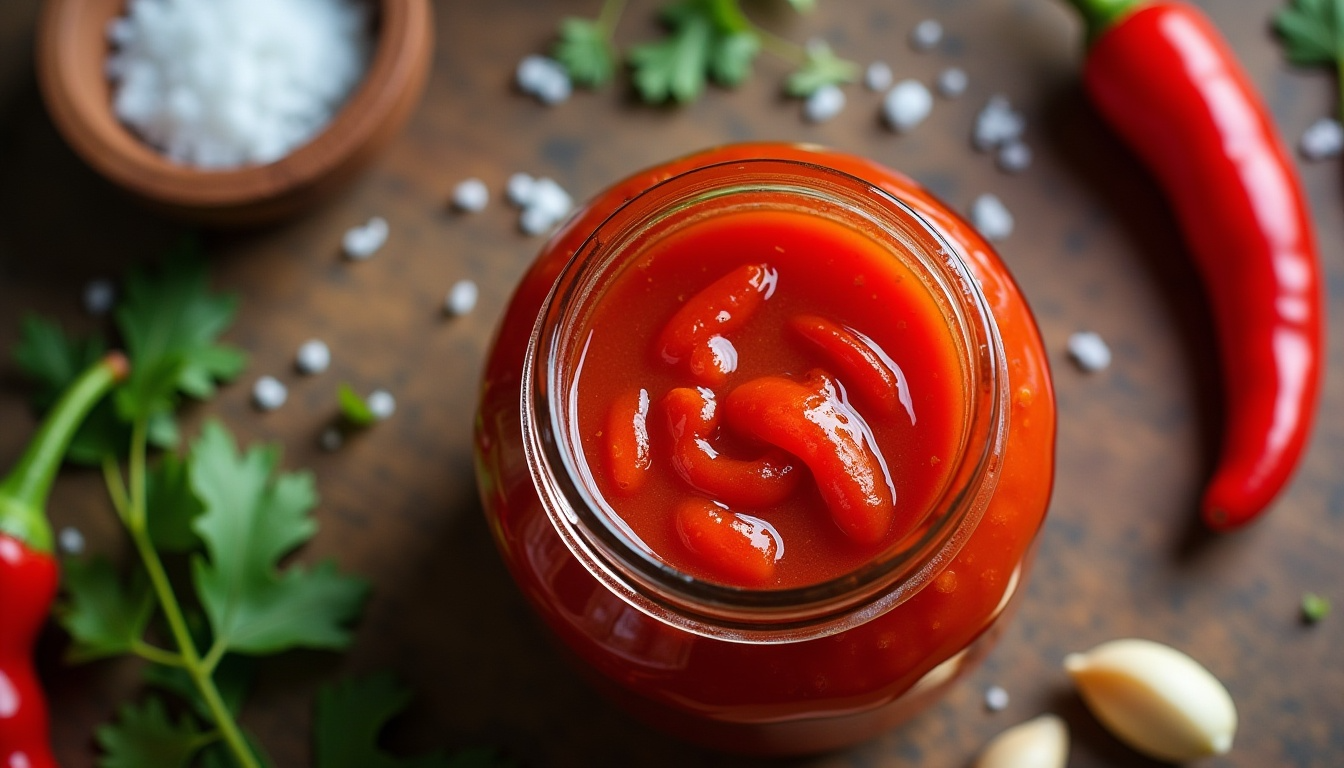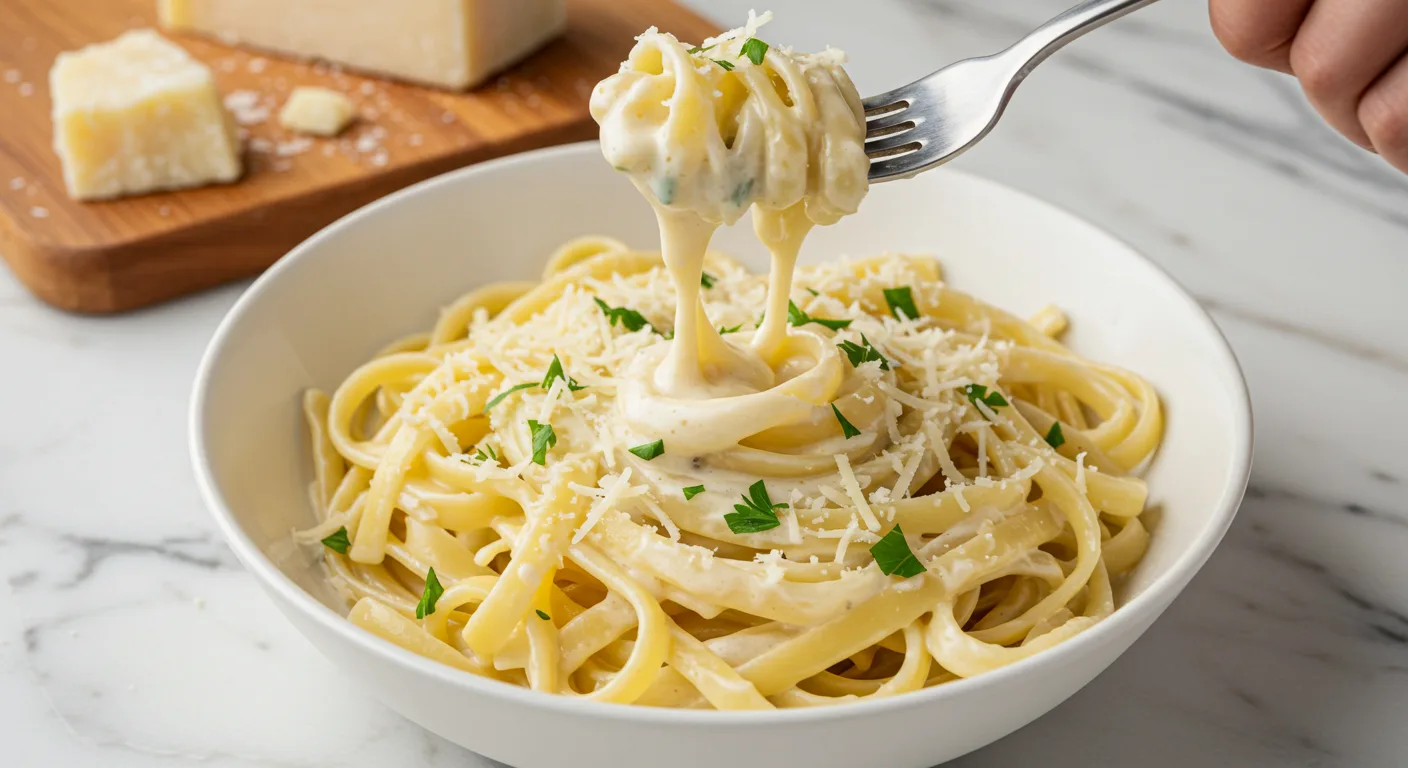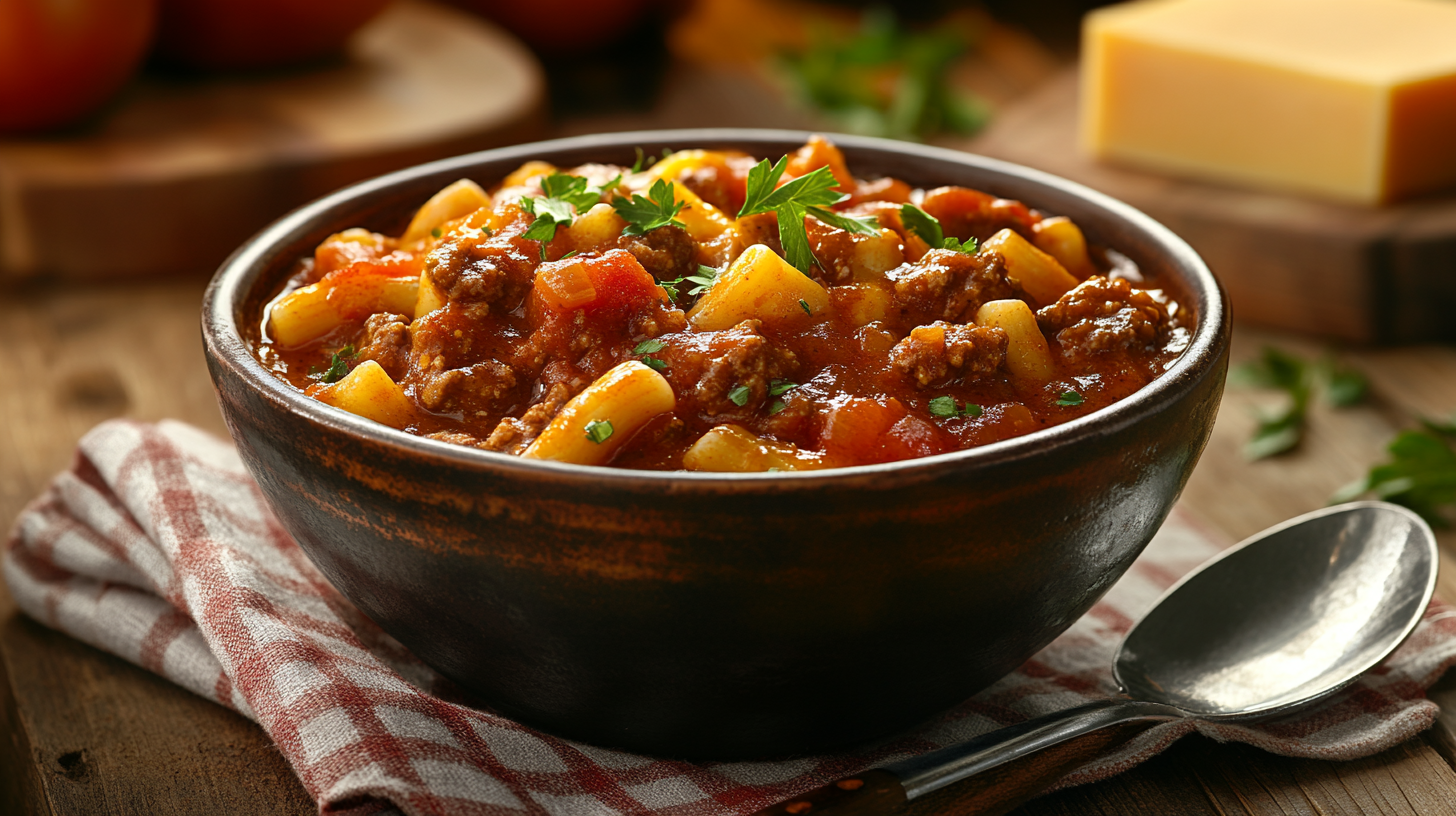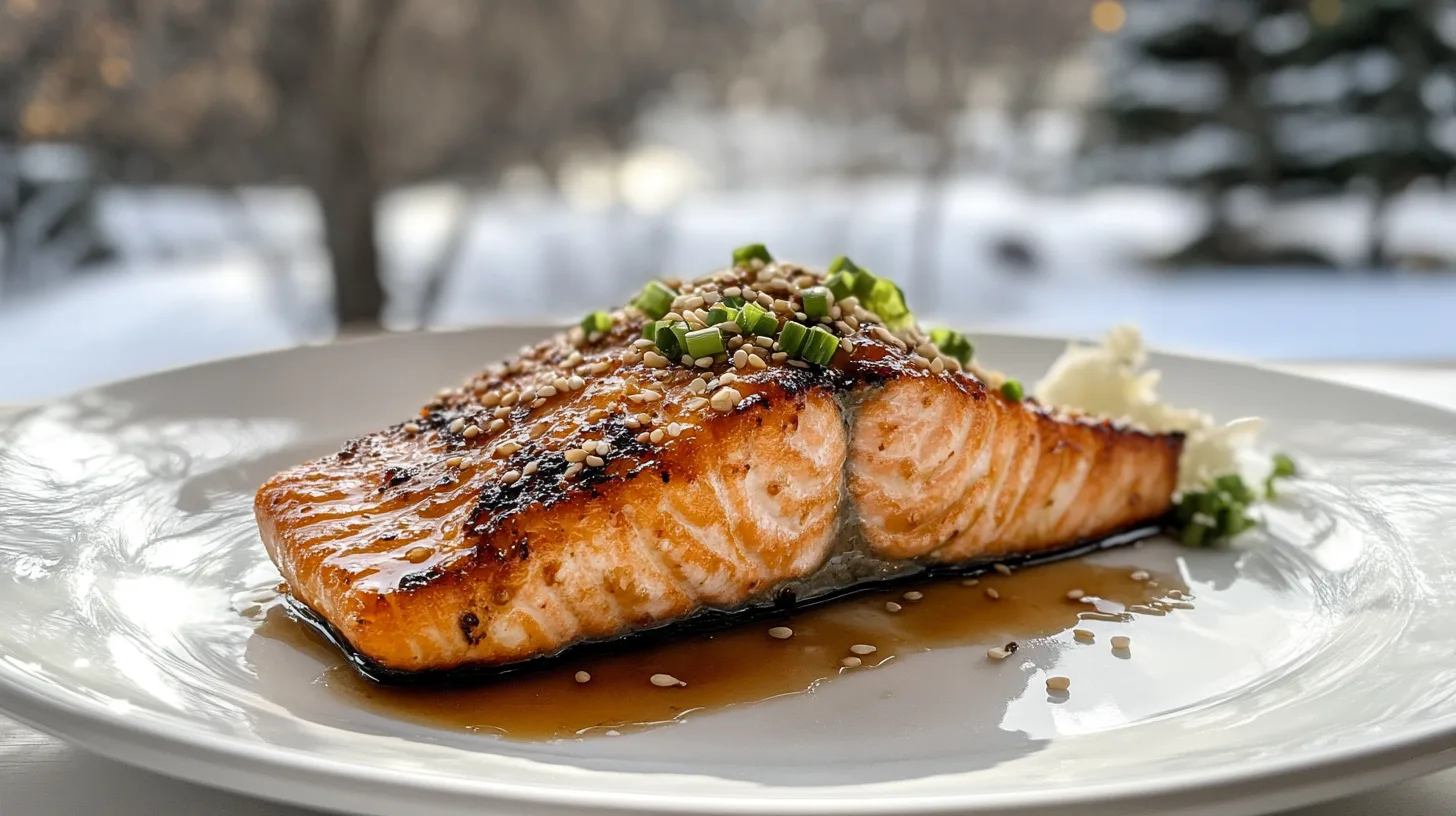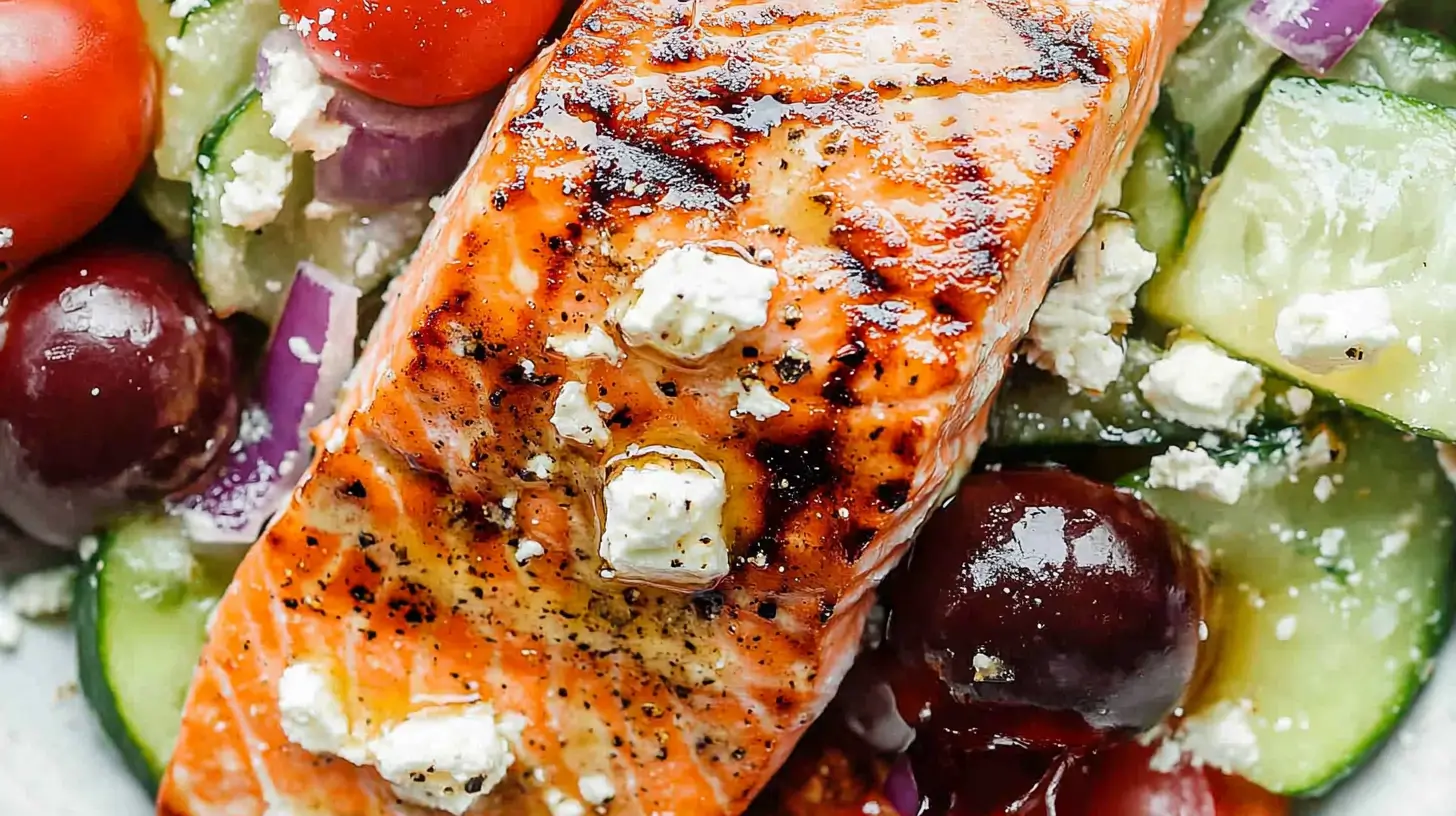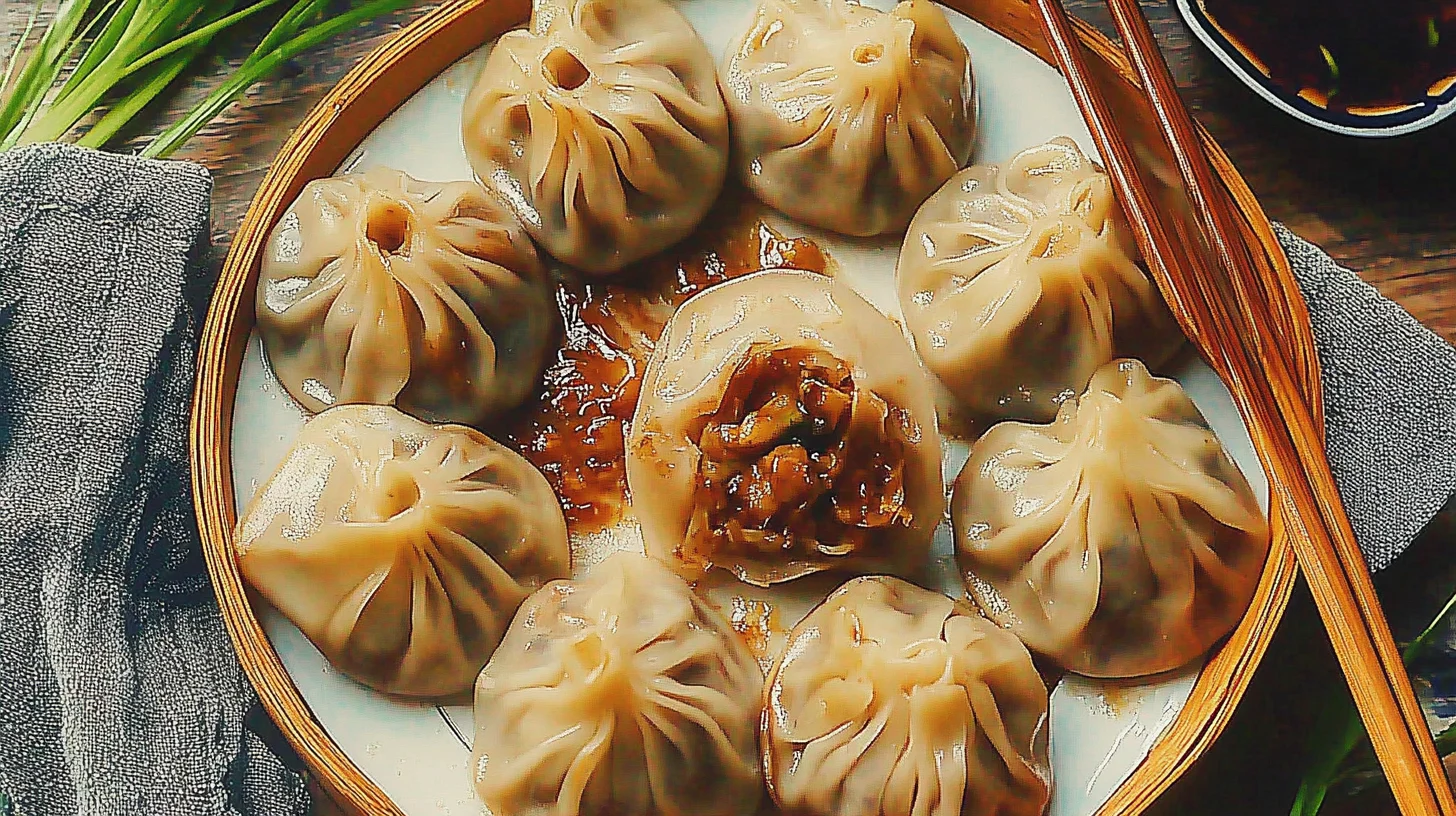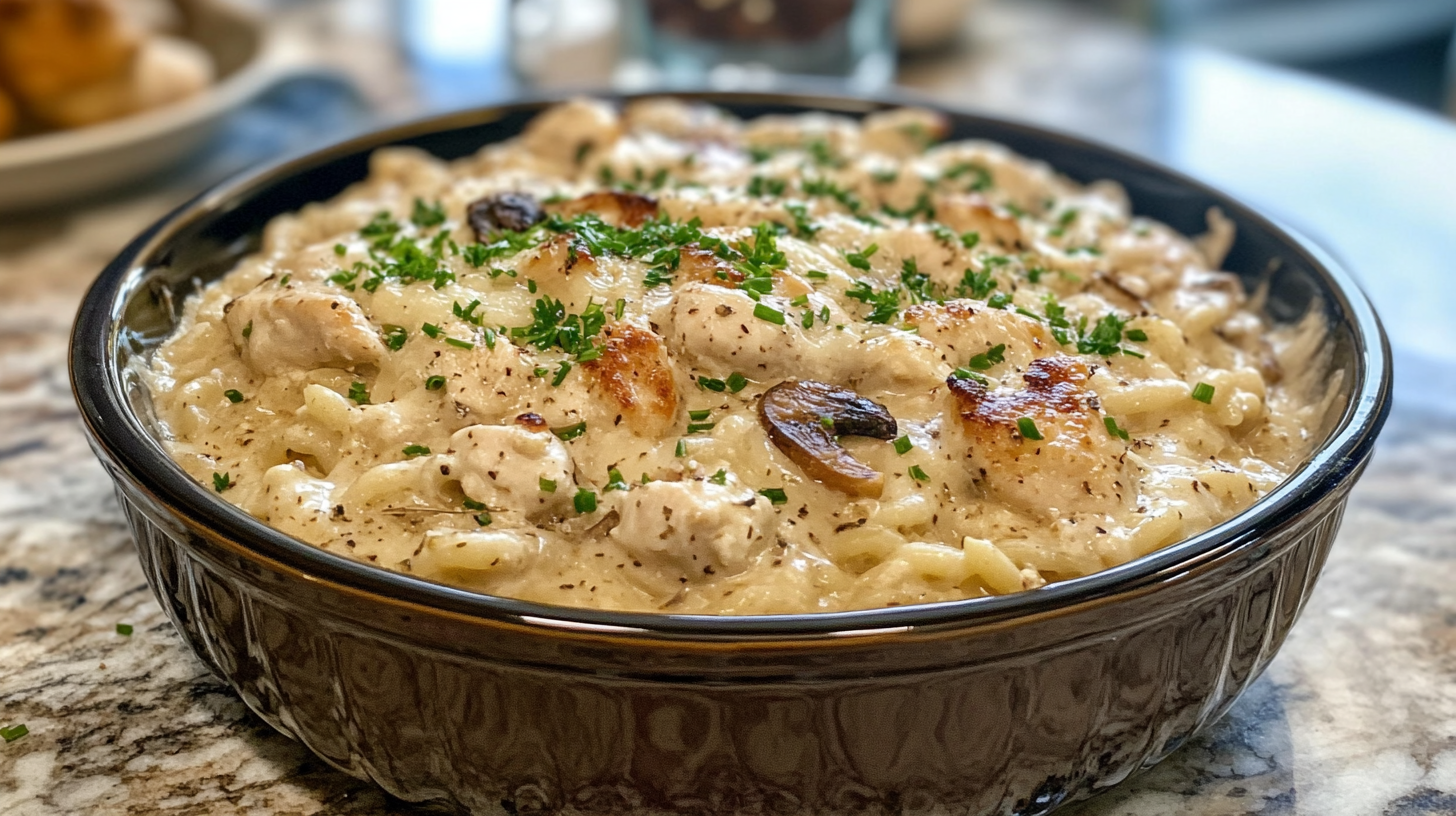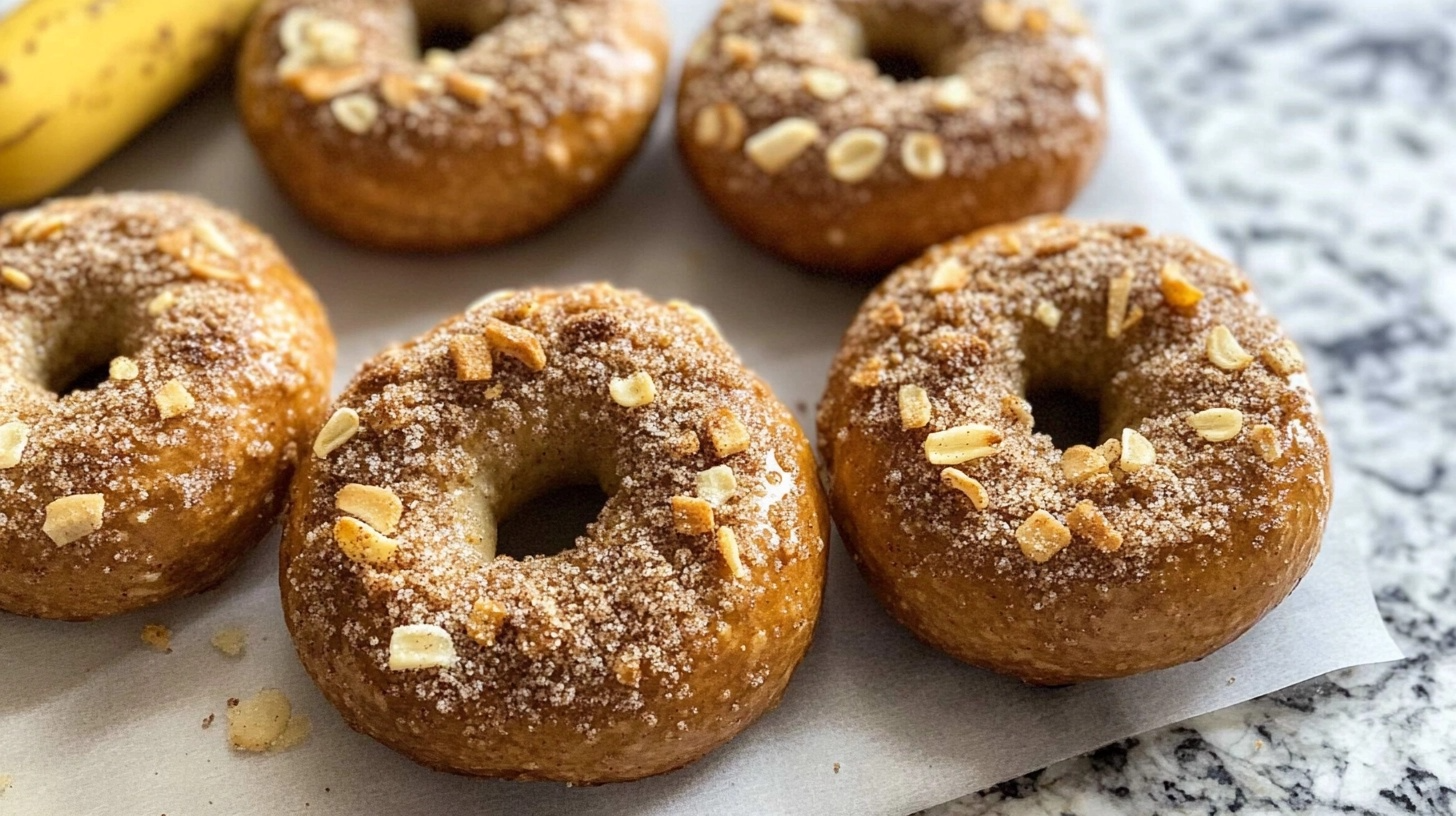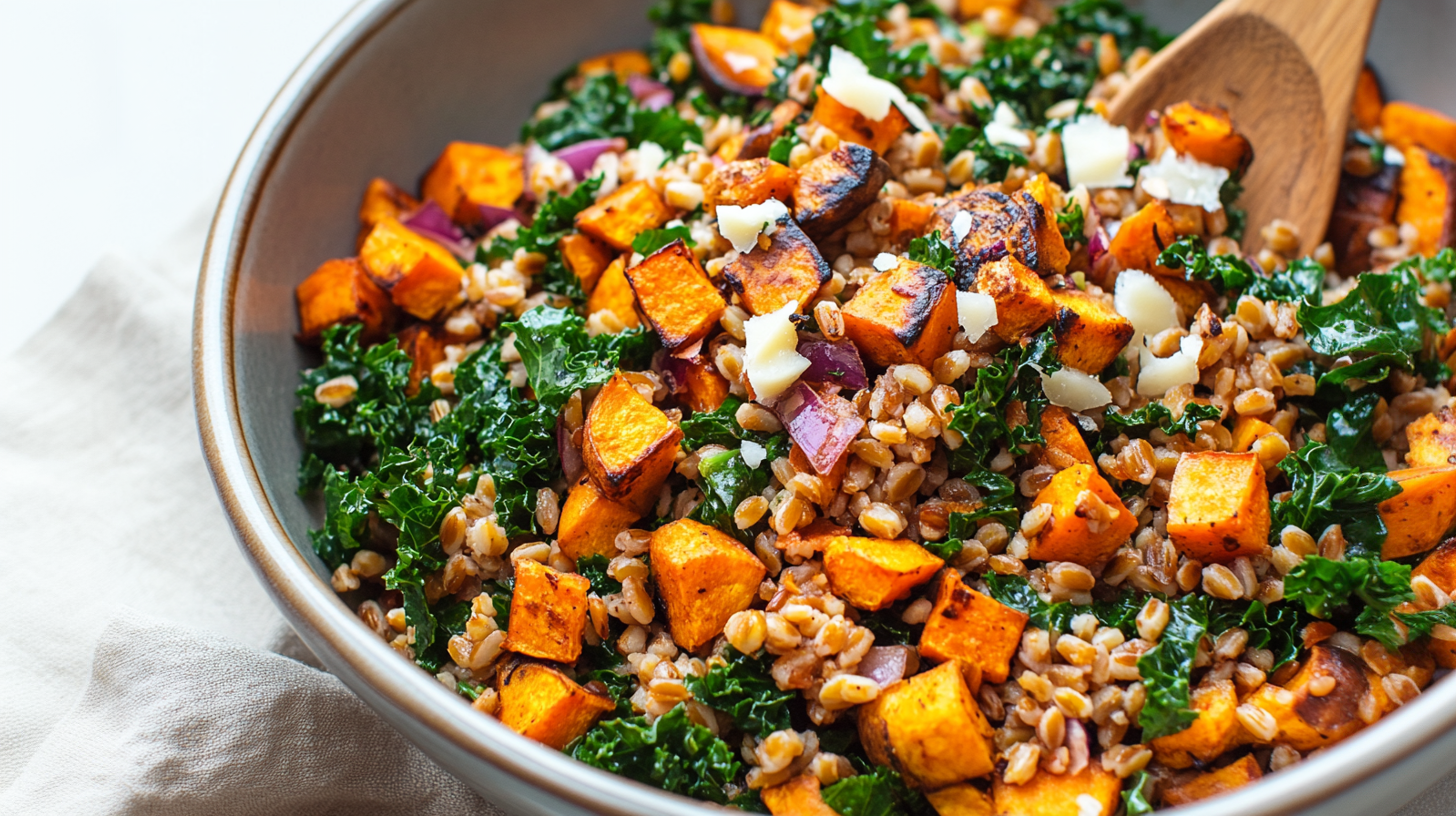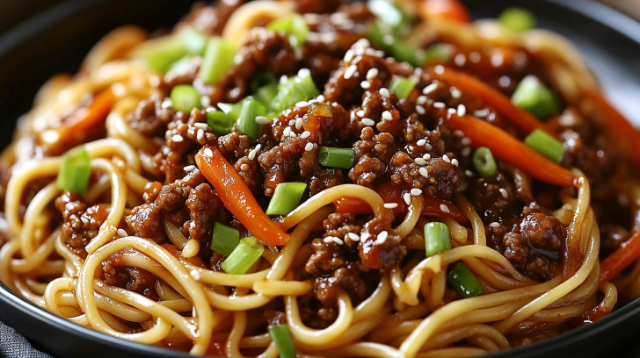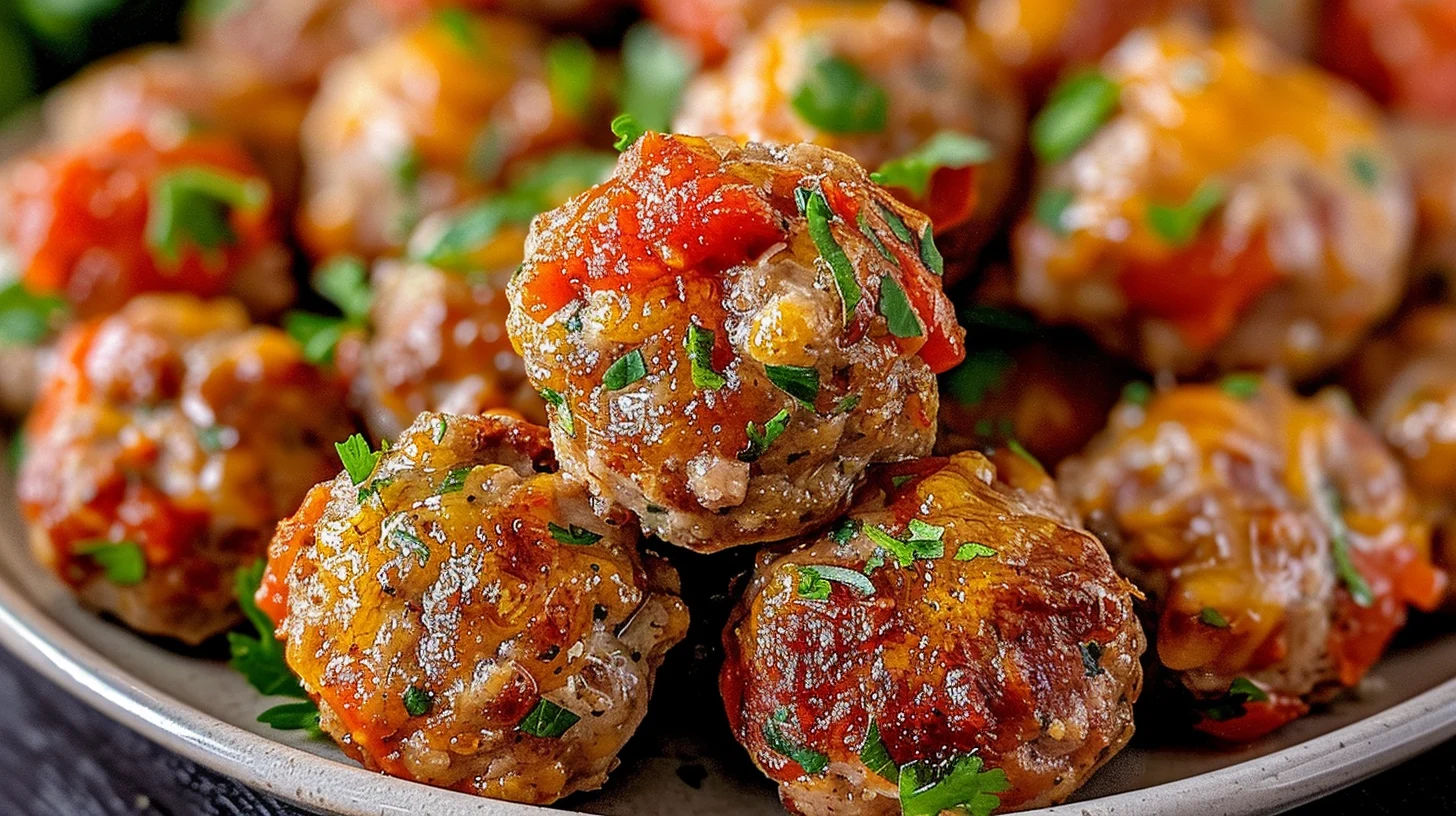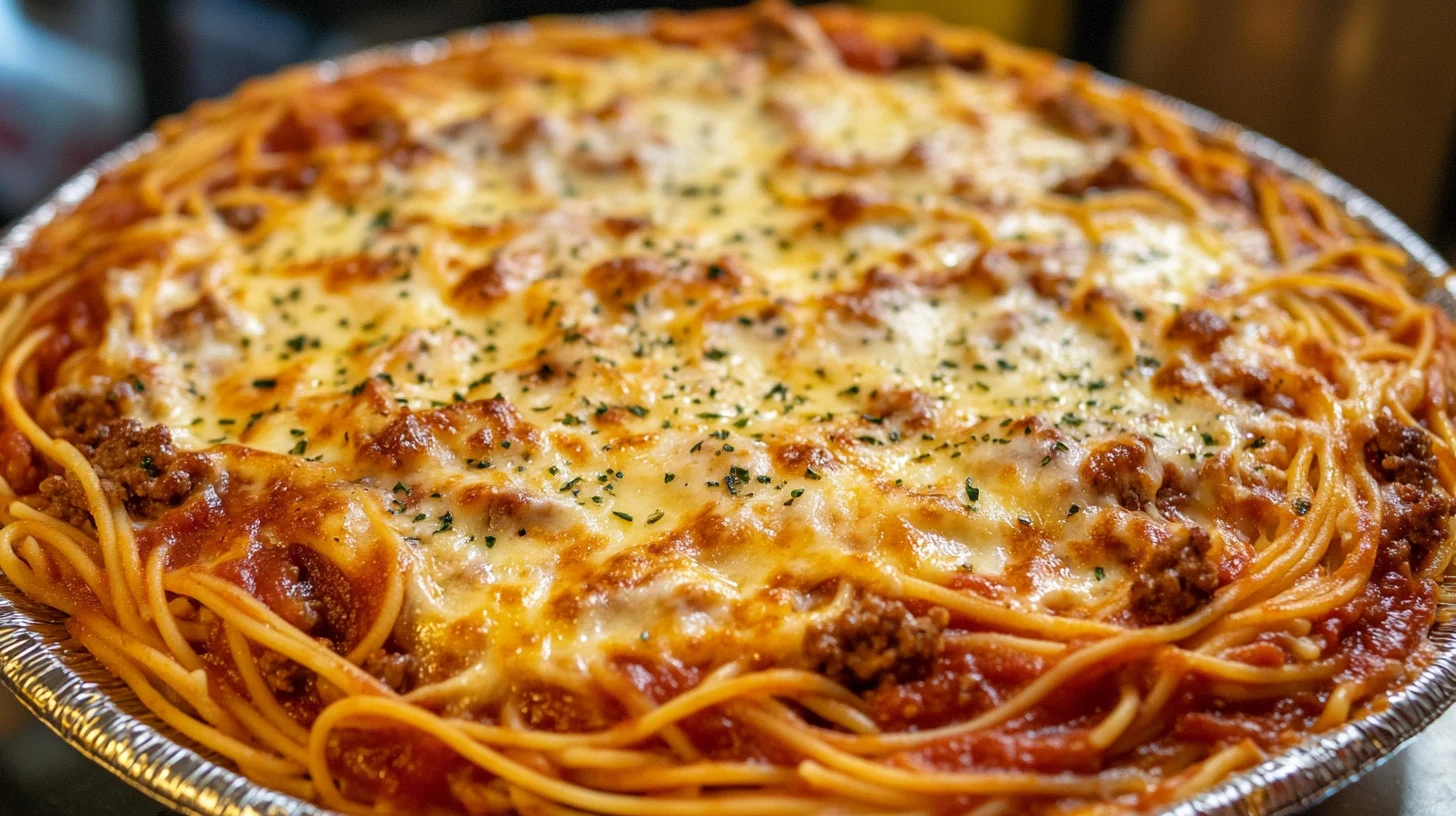Why Fermentation is the Secret Sauce
Fermentation isn’t just for kombucha and kimchi, you know. When it comes to making a hot pepper sauce that’s packed with depth, probiotics, and heat, fermentation is the game changer. This process not only tames the heat but also adds a tangy complexity you can’t get from fresh ingredients. Ready to kick up your condiment game? Let’s dive into the world of fermented hot pepper sauce—your taste buds are in for a zesty adventure!
Table of contents
What Is Fermented Hot Pepper Sauce?
Fermented hot pepper sauce is a spicy condiment made by allowing fresh peppers to naturally ferment. Unlike fresh or cooked hot sauces, fermentation develops a tangy, umami-packed depth that enhances the heat and flavor of the peppers. It’s a versatile, probiotic-rich sauce beloved by foodies, chefs, and spice enthusiasts alike.
For another twist on enhancing bold flavors, check out these creamy garlic herb Cajun chicken thighs. The pairing of heat and herbs offers inspiration for creative culinary experiments.
Why Fermentation Works Wonders
The Science Behind the Magic
Fermentation is essentially controlled transformation—but don’t let that scare you! During fermentation, beneficial bacteria (primarily lactobacillus) break down the sugars in the peppers, producing lactic acid. This acid acts as a preservative and gives the sauce its signature tangy flavor.
Health Benefits of Fermented Foods
Did you know fermented hot pepper sauce can be great for your gut? It’s true! The probiotics created during fermentation support a healthy microbiome, which plays a key role in digestion, immunity, and overall well-being.
Want more ideas for gut-friendly recipes? Try this flavorful sausage spinach tortellini soup packed with wholesome ingredients.
Choosing the Right Peppers
Mild vs. Fiery Options
The beauty of fermented hot pepper sauce is its customization. Here’s how to pick your peppers based on heat level:
- Mild Options: Banana peppers, poblano peppers, or sweet red peppers are great for a milder sauce.
- Medium Heat: Jalapeños, serranos, or fresno chilies offer a balanced heat and flavor profile.
- Fiery Choices: If you’re a heat seeker, try habaneros, Scotch bonnets, or even ghost peppers for a kick that’ll make you sweat.
For a light appetizer to pair with your sauce, try Mediterranean cucumber bites. Their crispness complements spicy flavors beautifully.
Flavor Profiles for Different Peppers
Peppers bring more than just heat; they bring unique flavors. For example:
- Jalapeños: Bright and grassy
- Habaneros: Fruity and floral
- Chipotles: Smoky and rich
- Banana Peppers: Sweet and tangy
Mix and match to create a sauce perfectly tailored to your taste buds. Experimentation is half the fun!
Essential Ingredients for Fermented Hot Pepper Sauce
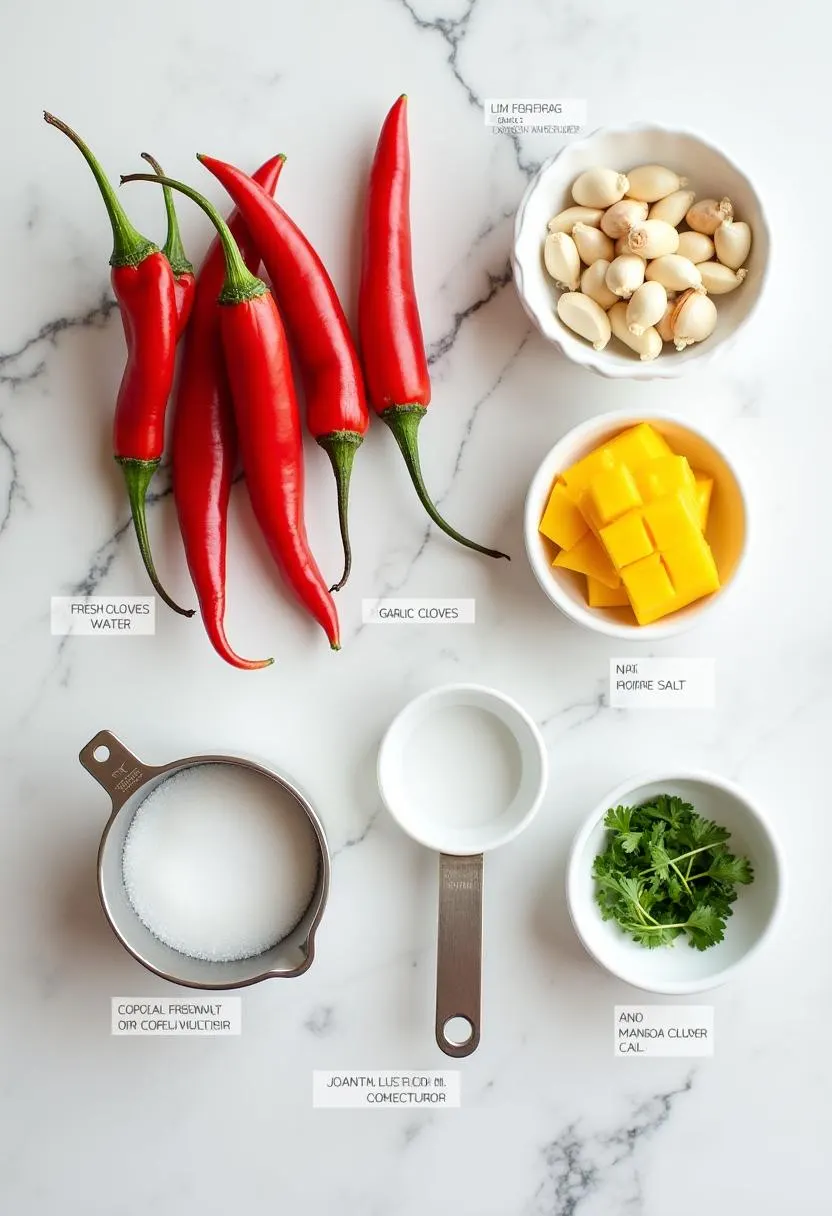
Main Ingredients
To get started, you’ll need just a few simple ingredients:
- Fresh Peppers: Choose your favorites or a mix for a unique flavor profile.
- Salt: Use non-iodized salt, such as sea salt or kosher salt, to encourage fermentation.
- Water (Optional): Filtered water helps dissolve the salt and create the perfect brine.
Optional Add-ins for Extra Zing
While the basics are enough for a classic sauce, these extras can elevate your creation:
- Garlic: Adds depth and a savory kick.
- Onions: For a subtle sweetness.
- Herbs and Spices: Think cilantro, cumin, or smoked paprika.
- Fruits: Pineapple, mango, or peach for a sweet and tangy twist.
Equipment You’ll Need
Basics for Beginners
Don’t worry—you don’t need a fancy setup to get started:
- Glass Jars: Mason jars are ideal for fermenting small batches.
- Fermentation Weights: To keep the peppers submerged in the brine.
- Airlocks or Loose Lids: These allow gases to escape while keeping contaminants out.
Pro Tips for Fermentation Enthusiasts
If you’re ready to level up, consider these tools:
- pH Meter: To monitor acidity levels and ensure food safety.
- Blender or Food Processor: For smooth, consistent sauces.
- Funnel and Bottles: To easily transfer and store your finished product.
Step-by-Step Recipe for Fermented Hot Pepper Sauce
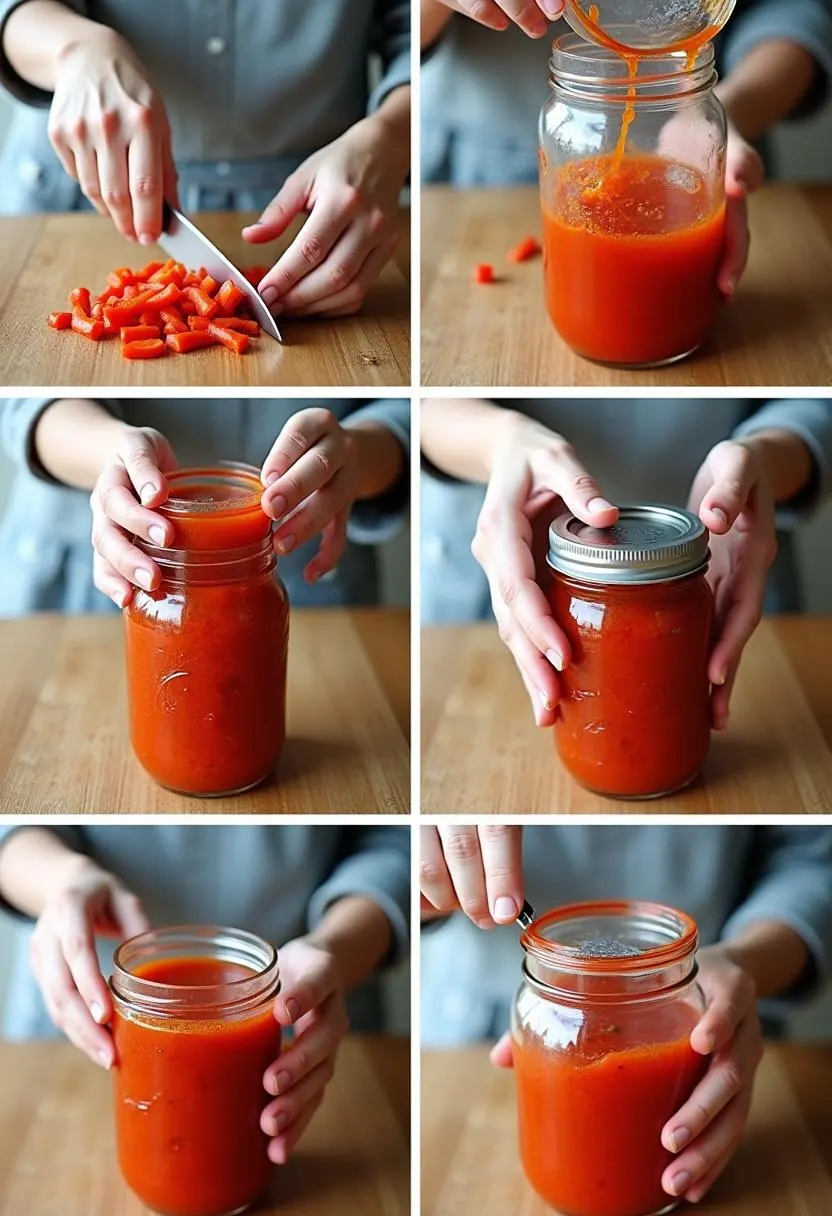
Preparation of Ingredients
- Wash and Chop Peppers: Rinse your peppers thoroughly and slice them into manageable pieces. You can remove the seeds for less heat or keep them for an extra kick.
- Prepare Brine: Dissolve 3 tablespoons of salt in 1 quart of filtered water (if using).
- Combine Ingredients: Pack peppers and any add-ins tightly into a jar, then pour the brine over the top until everything is submerged.
The Fermentation Process
- Seal the Jar: Cover with an airlock or a loose lid to allow gases to escape.
- Store Properly: Keep the jar in a cool, dark place (around 65-75°F) for 1-4 weeks.
- Check Daily: Look for bubbles—a sign of active fermentation—and ensure the peppers stay submerged.
Blending and Bottling
- Taste Test: Once fermented to your liking, transfer the contents to a blender and puree until smooth.
- Strain (Optional): For a thinner sauce, strain out the solids.
- Bottle It Up: Pour into sterilized bottles and store in the fridge.
Tips for Successful Fermentation
Avoiding Common Mistakes
Avoid these pitfalls for a successful ferment:
- Using Iodized Salt: This can inhibit fermentation. Stick to non-iodized salt like sea salt or kosher salt.
- Skipping the Submersion Step: Always ensure your peppers are fully submerged in the brine to prevent mold growth.
- Impatience: Good things take time! Let the fermentation process run its course for the best flavors.
Monitoring the Process
Keep an eye on your jar daily. Look for these signs:
- Bubbles: Indicates active fermentation.
- Brine Clarity: A cloudy brine is normal and a good sign of lactic acid production.
- No Mold: Surface yeast is harmless, but green or black mold should be removed immediately.
Flavor Variations and Additions
Fruity Twists
Add a burst of sweetness to balance the heat by incorporating fruits like:
- Mango: For a tropical tang.
- Pineapple: Adds a sharp, sweet bite.
- Peach: Creates a mellow, fruity undertone.
Smoky and Savory Options
For deeper, richer flavors, try these additions:
- Chipotle Peppers: For a smoky kick.
- Smoked Paprika: Enhances the sauce’s complexity.
- Roasted Garlic: Adds a savory, caramelized depth.
Using Your Fermented Hot Pepper Sauce
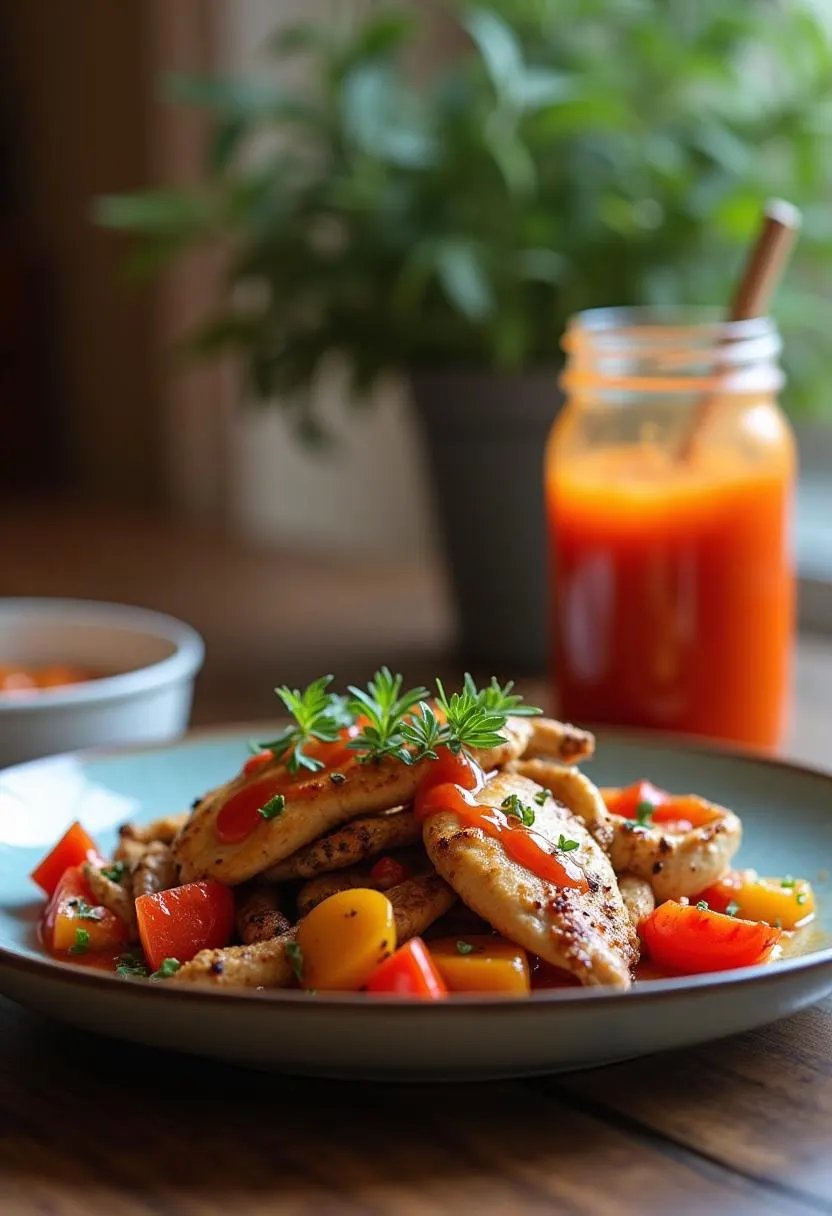
Pairing with Dishes
This sauce isn’t just for tacos. Try it with:
- Eggs: A few drops on scrambled eggs or an omelet.
- Grilled Meats: Perfect as a marinade or finishing glaze.
- Sandwiches: Spread a thin layer for a spicy twist.
Creative Serving Ideas
Get adventurous with your hot sauce:
- Cocktails: Add a dash to a Bloody Mary for a fiery kick.
- Soups: Stir into broths for extra depth.
- Popcorn: Drizzle over freshly popped kernels for a spicy snack.
Storage and Shelf Life
Proper Storage Tips
To keep your fermented hot pepper sauce at its best:
- Store it in a clean, airtight container.
- Refrigerate to extend shelf life and preserve flavor.
How Long Does It Last?
Fermented hot pepper sauce can last for months in the fridge. In fact, the flavors often improve over time as they continue to meld. Just keep an eye out for any signs of spoilage, such as off smells or visible mold.
Frequently Asked Questions
How Long Should You Ferment Peppers for Hot Sauce?
Ferment your peppers for anywhere between 1 to 4 weeks. The longer you ferment, the more complex the flavor will be.
What Is a Fermented Hot Sauce?
A fermented hot sauce is made by allowing peppers to undergo natural fermentation, which creates a tangy, flavorful condiment packed with probiotics.
What Popular Hot Sauces Are Fermented?
Tabasco, Sriracha, and Frank’s RedHot are all examples of popular fermented hot sauces.
What Is the Benefit of Fermenting Peppers for Hot Sauce?
Fermentation enhances the flavor complexity, preserves the peppers naturally, and adds gut-friendly probiotics.
How Often Should I Burp Fermented Hot Sauce?
Burp your jar once a day during the first week of fermentation to release built-up gases and prevent spills.
How Long Does Tabasco Ferment Their Hot Sauce?
Tabasco ferments their peppers for up to 3 years in oak barrels to achieve its iconic flavor.
The Health Benefits of Spicy Foods
Why You Should Embrace the Heat
Spicy foods, like fermented hot pepper sauce, can:
- Boost metabolism
- Release feel-good endorphins
- Support heart health
Capsaicin’s Benefits
Capsaicin, the compound responsible for heat, has anti-inflammatory and pain-relief properties, making it a fiery but friendly addition to your diet.
Print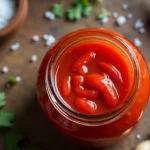
Fermented Hot Pepper Sauce
- Total Time: 15 minutes + 1-4 weeks fermentation time
- Yield: Approximately 2 cups of sauce 1x
- Diet: Vegan
Description
- Longer fermentation yields more complex flavors.
- Add fruits like mango or pineapple for a sweeter, tangy twist.
- Use pH testing (below 4.6) to ensure safe fermentation.
- Always keep ingredients submerged to prevent mold.
Ingredients
- 1 lb fresh chili peppers (your choice of heat level)
- 3 tablespoons non-iodized salt
- 1 quart filtered water (for brine, optional)
- 2 garlic cloves (optional, for flavor)
- Optional add-ins: mango slices, pineapple chunks, cilantro, or smoked paprika
Instructions
- Wash and Prepare Peppers: Rinse peppers thoroughly. Remove seeds for milder heat or keep them for extra spice. Slice peppers into smaller pieces.
- Prepare Brine: Dissolve 3 tablespoons of non-iodized salt in 1 quart of filtered water.
- Pack Jars: Tightly pack sliced peppers, garlic, and any optional add-ins into a clean jar. Pour the brine over the ingredients, ensuring everything is submerged.
- Seal and Ferment: Cover the jar with an airlock lid or loosely secured lid to allow gases to escape. Store in a cool, dark place (65–75°F) for 1-4 weeks.
- Monitor: Check daily for bubbling (a sign of fermentation) and ensure the peppers stay submerged. Remove any surface mold if it appears.
- Blend and Store: Once fermented to your liking, transfer the mixture to a blender and puree until smooth. Strain for a thinner sauce if desired. Pour into sterilized bottles and store in the fridge.
Notes
- Longer fermentation yields more complex flavors.
- Add fruits like mango or pineapple for a sweeter, tangy twist.
- Use pH testing (below 4.6) to ensure safe fermentation.
- Always keep ingredients submerged to prevent mold.
- Prep Time: 15 minutes
- Cook Time: None
- Category: Dinner
- Method: Fermentation
- Cuisine: Global
Nutrition
- Serving Size: 1 tablespoon
- Calories: 5
- Carbohydrates: 1g
Keywords: Fermented hot pepper sauce, spicy condiment, probiotic sauce, fermented foods, homemade hot sauce
History of Hot Sauce
How Fermentation Shaped Hot Sauce History
Fermentation has been used for centuries to preserve and enhance foods. Some of the world’s most famous hot sauces, like Tabasco, owe their complex flavors to this age-old process.
Time to Get Fermenting!
Now that you’ve got the tools, tips, and techniques, it’s time to create your own fermented hot pepper sauce. Experiment with flavors, share your creations, and enjoy the zesty, probiotic-packed goodness. Your culinary adventures just got a whole lot spicier!
